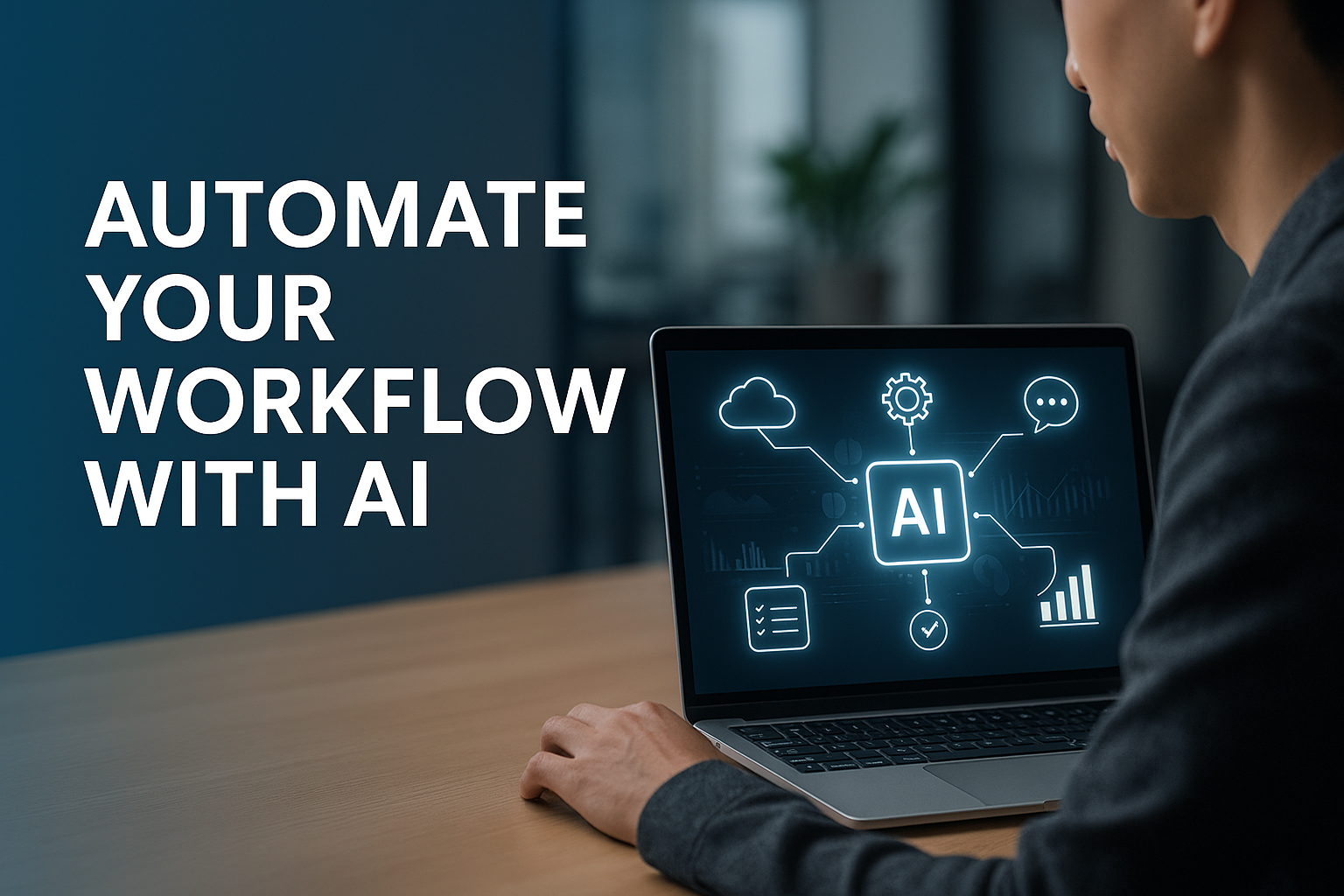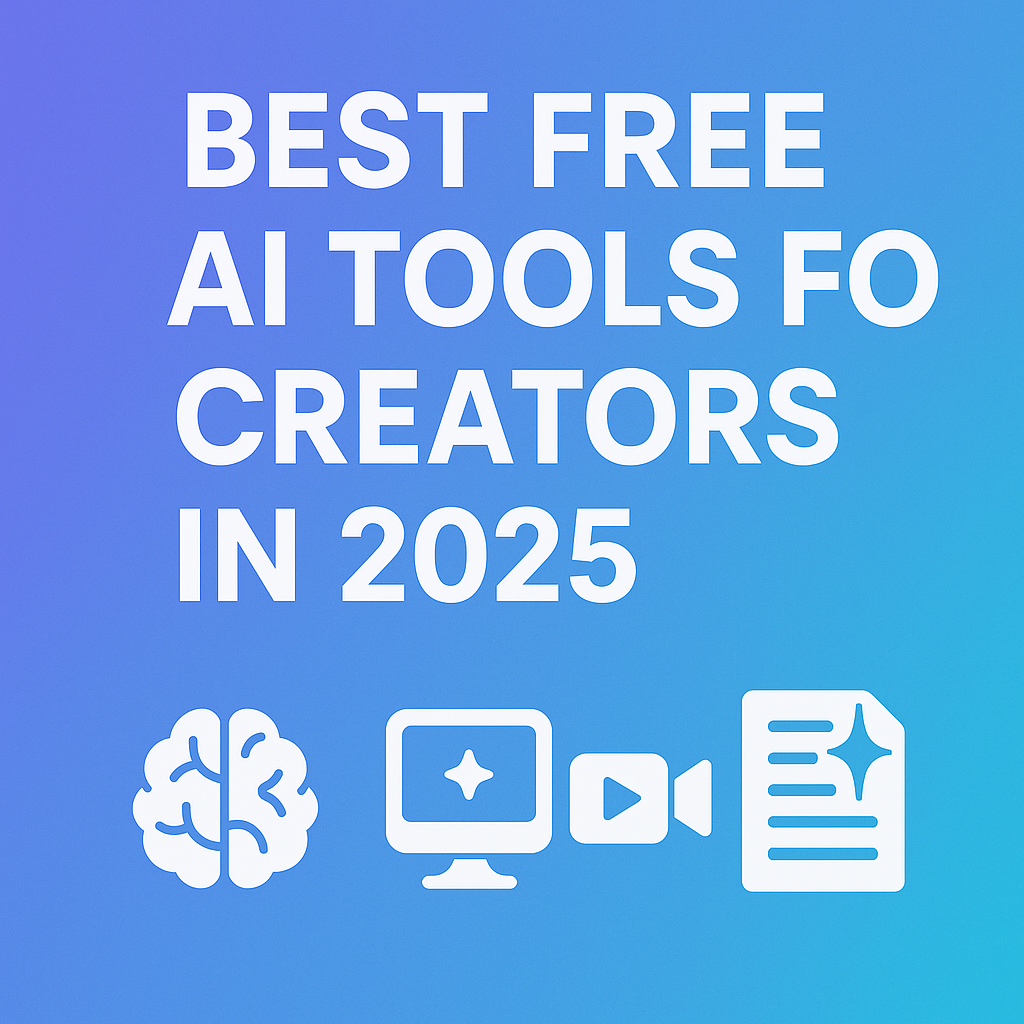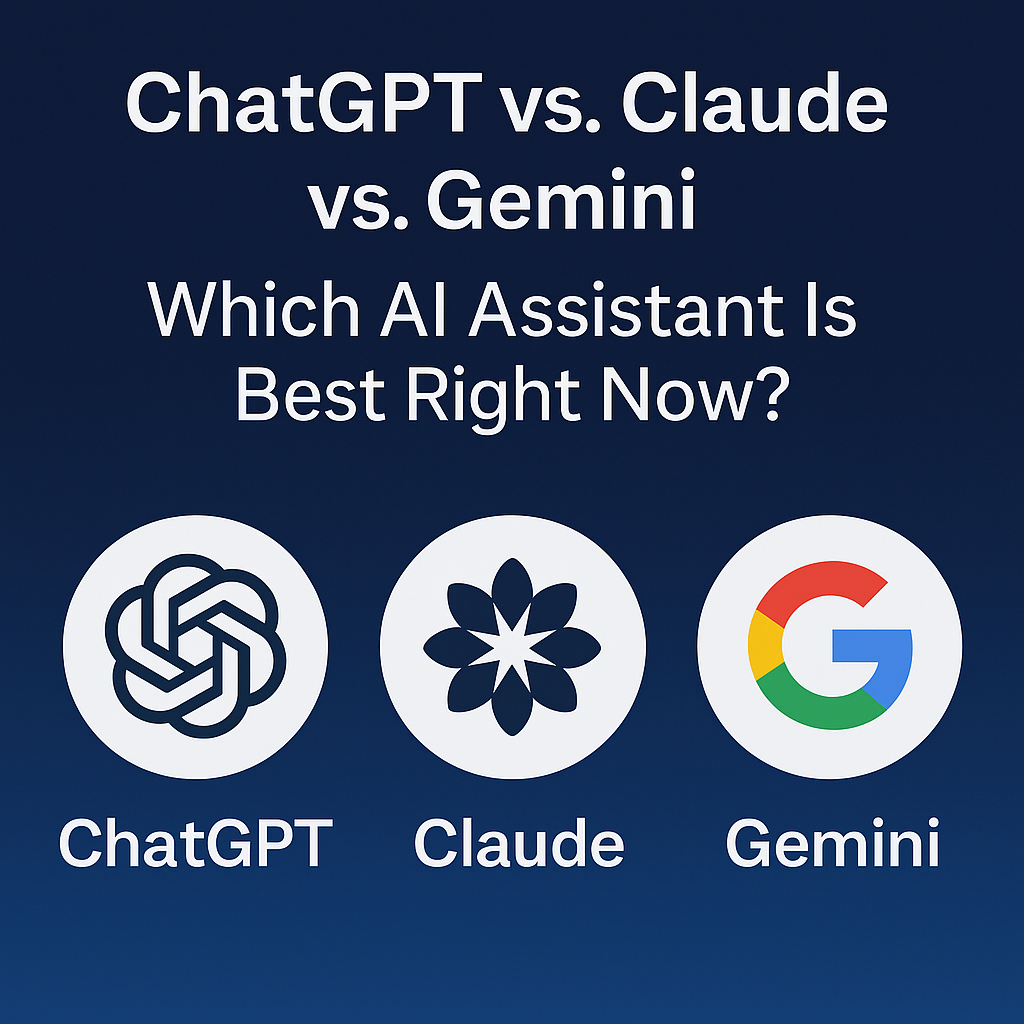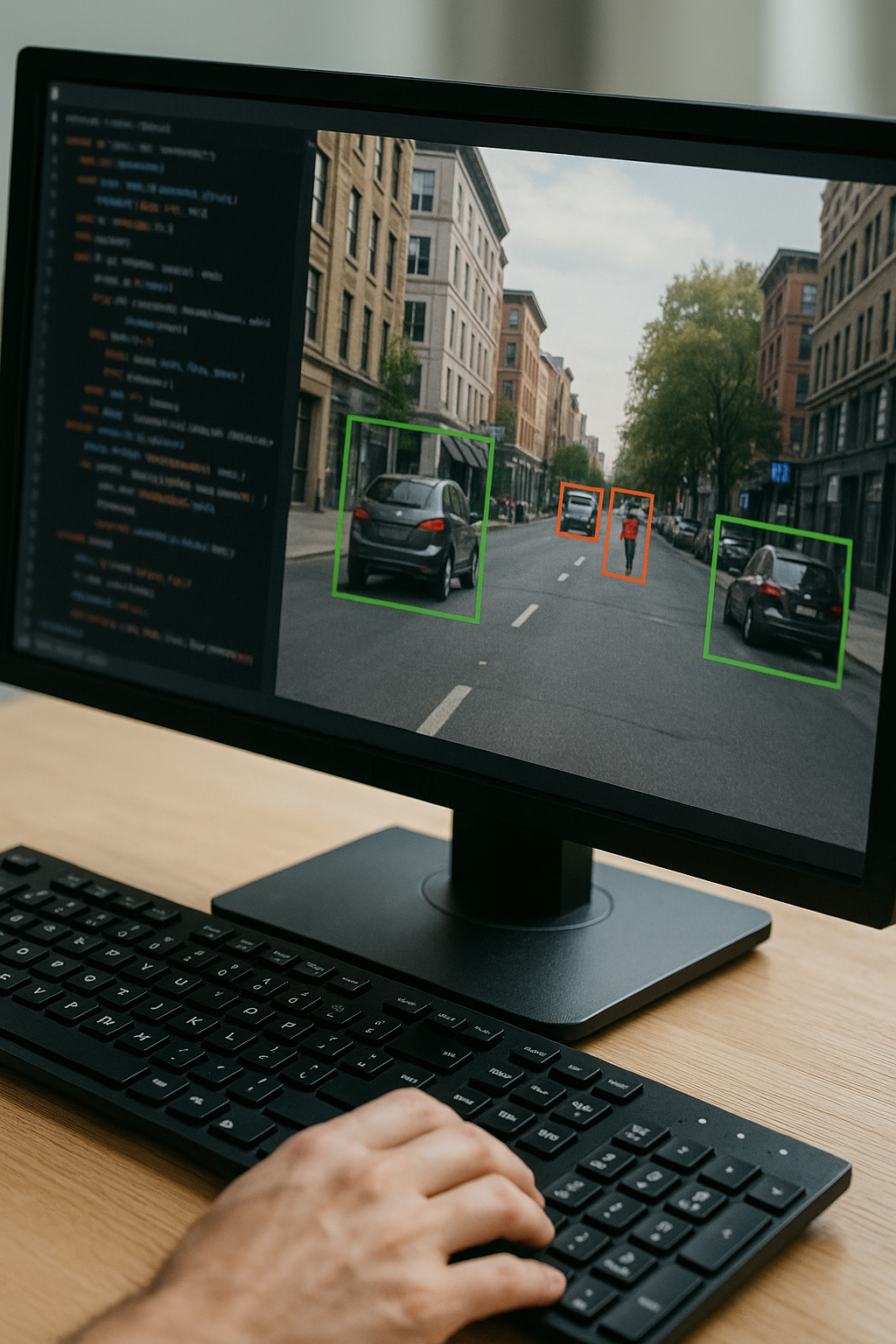The Digital Divide in AI: Ensuring Equitable Access
Artificial intelligence is revolutionizing sectors such as healthcare, education, finance, and agriculture. Yet, the transformative power of AI remains unevenly distributed: while some communities leverage AI-driven diagnostics, personalized learning tools, and precision farming, others lack the necessary resources to even explore basic AI applications. In this post, we delve deeper into the dimensions of the AI digital divide, examine real-world implications, and outline actionable strategies for stakeholders to promote equitable access.
1. Understanding the Dimensions of the AI Digital Divide
The AI digital divide encompasses multiple interrelated factors:
- Infrastructure Gaps: Reliable high-speed internet and computing resources are prerequisites for running AI models. According to the International Telecommunication Union, nearly half the world still lacks broadband access, disproportionately in rural and low-income regions.
- Financial Barriers: Licensing fees for advanced AI software, cloud computing costs, and high-performance hardware requirements create significant entry barriers. Small businesses and nonprofits often cannot absorb these expenses.
- Skill and Knowledge Disparity: AI development requires expertise in statistics, programming, data ethics, and domain-specific knowledge. Underrepresented groups—based on geography, socioeconomic status, or gender—have historically faced limited access to quality STEM education and professional networks.
- Language and Cultural Inclusion: Many AI datasets and interfaces prioritize dominant languages such as English, marginalizing speakers of indigenous and less-common languages. Cultural nuances can be lost when data reflects only a subset of the global population.
2. Real-World Consequences of Exclusion
When communities cannot access AI, the repercussions extend beyond technological inconvenience:
- Healthcare Inequities: AI-powered diagnostic tools can detect diseases earlier and more accurately. Without access, rural clinics and underfunded hospitals miss out on critical decision-support systems, widening health outcome disparities.
- Educational Divide: Adaptive learning platforms tailor instruction to individual students’ needs, improving engagement and retention. Schools without such tools struggle to provide personalized support, affecting student performance and lifelong opportunities.
- Economic Disparities: Automation and AI-driven optimization boost productivity. Businesses lacking AI capabilities may fall behind competitors, resulting in job losses, reduced economic growth, and a widening income gap.
3. Deep-Dive: Case Studies
- Precision Agriculture in East Africa: NGOs partnered with local cooperatives to deploy low-cost satellite imagery and open-source machine learning models. This initiative increased crop yields by 20%, but only after securing reliable connectivity through community mesh networks.
- Multilingual Chatbots in Urban India: A government–university collaboration created chatbots supporting five regional languages to assist citizens in navigating public services. The success underscored the necessity of culturally aware datasets and user training workshops.
4. Comprehensive Strategies to Bridge the Divide
4.1 Infrastructure and Financial Models
- Public–Private Partnerships (PPPs): Encourage telecom providers to extend 5G and fiber networks into underserved areas via subsidized licensing or tax incentives.
- Microfinancing for AI Tools: Establish loan programs for startups and social enterprises to procure cloud credits, hardware, and software licenses.
4.2 Inclusive Education and Workforce Development
- Curriculum Integration: Embed AI literacy modules in middle and high school curricula, emphasizing hands-on projects and ethical considerations.
- Scholarships and Mentorship: Allocate scholarships for marginalized students in data science programs and create mentorship pipelines connecting them with industry professionals.
- Community Learning Hubs: Set up local technology centers offering free workshops, coding bootcamps, and hackathons focused on real-world problems.
4.3 Developing Accessible AI Platforms
- Low-Code/No-Code Interfaces: Design drag-and-drop platforms enabling non-technical users to build and deploy AI models for tasks such as sentiment analysis or image classification.
- Language-Agnostic Tools: Integrate automatic translation layers and allow custom tokenizer configurations to support diverse languages and dialects.
- Mobile-First Solutions: Optimize AI applications for smartphones, which are often the primary internet access point in emerging markets.
4.4 Ethical Data Practices and Community Engagement
- Participatory Data Collection: Involve local communities in defining data labeling tasks to ensure datasets reflect their context and values.
- Bias Audits and Transparency: Regularly audit AI models for skewed outputs and publish audit results, fostering trust and accountability.

5. The Role of Policy and Regulation
Governments can catalyze inclusion through:
- Open Data Mandates: Releasing anonymized public datasets to lower research barriers and spur innovation.
- AI Equity Standards: Establishing guidelines that require organizations to demonstrate how their AI systems address fairness, accessibility, and user privacy.
- Tax Credits and Grants: Offering incentives for companies that deploy AI solutions in underserved communities.
6. Measuring Progress and Impact
To assess the success of digital inclusion efforts, combine quantitative and qualitative metrics:
- Connectivity Metrics: Track broadband availability, average internet speeds, and devices per capita.
- Adoption Rates: Monitor the number of institutions and individuals using AI tools, disaggregated by region and demographic.
- Outcome Indicators: Evaluate improvements in healthcare outcomes, student test scores, or small business revenue post-AI implementation.
- User Feedback: Conduct surveys and focus groups to gather community perspectives on usability and relevance.
7. Looking Ahead: Emerging Trends
- Federated Learning: Allows decentralized training of AI models on edge devices, preserving privacy and reducing central server costs.
- Green AI: Prioritizes energy-efficient algorithms to lower the environmental footprint and operational expenses.
- AI-as-a-Service Marketplaces: Platforms where vetted AI modules can be rented, enabling rapid experimentation without heavy upfront investment.
8. Conclusion and Call to Action
The AI revolution will only fulfill its promise when every community can harness its power. By investing in infrastructure, democratizing education, designing inclusive tools, and enacting thoughtful policy, we can ensure AI drives positive change across all societies.
Ready to be part of the solution? Subscribe to our newsletter for exclusive insights, practical toolkits, and success stories that guide you in championing AI equity. Together, let’s close the digital divide and build a future where AI benefits everyone.
Sign Up For Our Weekly Newsletter and Get Your FREE Ebook " AI For Everyone - Learn the Basics and Embrace the Future"











